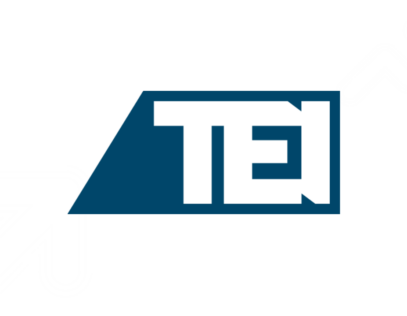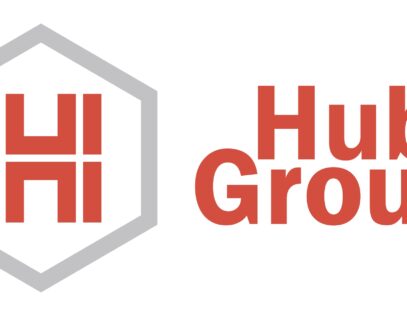The tax provision process isn’t getting any easier. With increasingly complex rules across federal, foreign, and state jurisdictions, and the added pressure of ASU 2023-09, which tightens disclosure requirements for income taxes, most tax teams are under strain to deliver fast, accurate numbers without burning out.
And yet, many tax departments are still relying on Excel.
Spreadsheets alone are no longer equipped to handle the scale, speed, or transparency today’s provision requires. Formula errors, broken links, version control issues, and last-minute updates are all too familiar. And when restatements are on the line, these risks are too great to ignore.
Fortunately, modern solutions offer a more scalable and accurate path forward.
In a recent Tax Thursday webinar, we walked through how tax provision software is helping teams automate, streamline, and stay compliant without giving up control.
The Problem with Excel: Familiar, But Prone to Error
It’s not that Excel doesn’t work. It’s that it doesn’t scale. As your business grows and your tax footprint expands, the cracks begin to show:
- Manual processes slow down already-tight timelines
- Version control becomes a challenge across departments
- State-by-state detail is nearly impossible to manage consistently
- Audit documentation requires rework and proof outside the model
These challenges aren’t new, but they’re becoming more acute as disclosure standards tighten and tax complexity increases.
How Tax Provision Software Reduces Risk
Here are several key ways modern provision software can reduce risk and free up time:
- Automated roll forwards and trial balance imports that eliminate hours of copy and paste
- Transparent formulas that auditors can trace directly in downloaded Excel reports
- Built-in audit trails that show who changed what and when, removing the need for manual tracking
- Streamlined state provision that adjusts for jurisdiction-specific rules, rates, and apportionment
- Real-time updates that sync federal, state, and foreign data to prevent gaps and inconsistencies
In short, your team can spend less time chasing down numbers and more time understanding what those numbers actually mean.
Evaluating the Right Solution
Not all tax provision tools are created equal. Some add more complexity than they remove. Others require long implementations or steep learning curves that frustrate your team. The key is knowing what matters most and building a strong case for investment.
During the session, we shared how to evaluate software options, what red flags to look out for, and how to make a convincing ROI argument for leadership.
See the Technology in Action
Whether you’re exploring provision software for the first time or trying to get more out of your current solution, this webinar offers useful, real-world insight into what works and why.
Watch the full on-demand webinar to see how technology can transform your tax provision process and help your team focus on what matters most.
Want to go deeper? This quick-read article breaks down what really matters when evaluating provision software and includes a downloadable checklist to help you compare your options.










